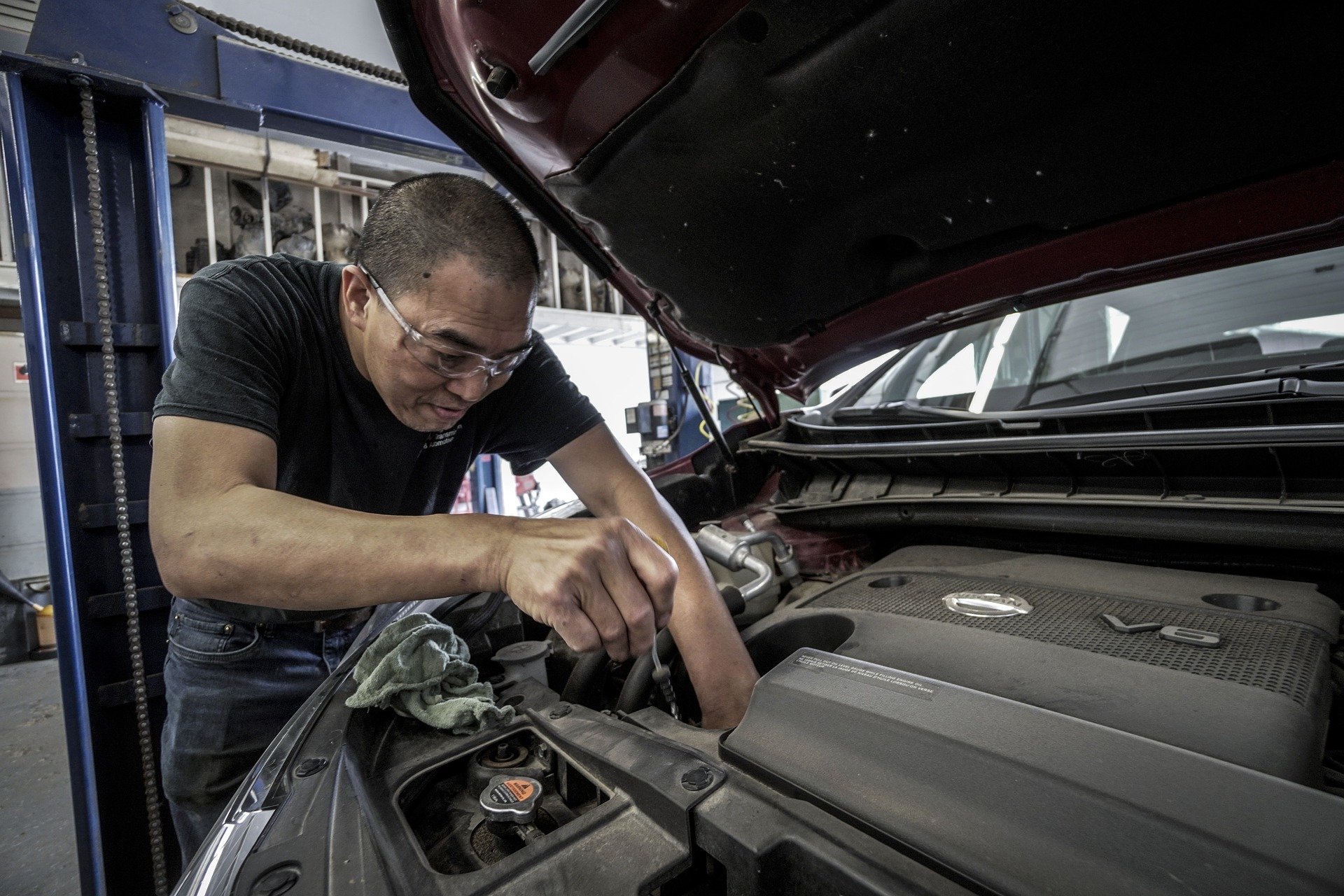How CMMS Stands Up Against Old Fashion Maintenance Tracking Methods
Fleets are trying to gain more profits and they try to do so by all means, especially when it comes to increasing efficiency. But efficiency is also impacted by the level of proper maintenance taking place. If improper maintenance takes place, efficiency is reduced and costs increase.
Even though improper maintenance only has negative impacts, why do fleets not ensure proper maintenance takes place? It is because having a proper maintenance procedure requires a great amount of effort and with human errors happening, several mistakes occur making it impractical.
However, with technology evolving, there are software and solutions that are able to automate this whole process, so fleets can easily keep up with the work while being assured that there are no mistakes.
Pen and Paper vs Computer Maintenance Management Systems (CMMS) – The Showdown
Proper maintenance leads to less downtime, resulting in lower costs, better labour efficiency, reduced backlog and greater asset reliability. Switching from pen and paper to maintenance software is one way to achieve these benefits. But taking a deep dive into comparing both methods will give fleets a better look at what steps they should take moving forward.
1. Filling Work Orders
With pen and paper, a technician, operator or manager fills out a paperwork order form by hand, whether it’s for preventive maintenance or an unplanned breakdown. The work order is then delivered to the technician in an emergency. If a work order comes from outside the maintenance team, they use the software’s work request portal to submit a request and it then gets forwarded to the maintenance team via the CMMS.
With a maintenance software in place, work orders for unplanned repairs are done remotely through mobile CMMS software. In cases of preventive maintenance, work orders are triggered automatically through maintenance software. Using CMMS, the time taken to create work orders and submitting them is reduced and it helps to set mandatory fields on work request forms to prevent any back and forth in clarifying the request. By reducing the process by 5-10 minutes for each work order, the fleet can gain hundreds of hours of extra production every year.
2. Assigning Work Orders
With outdated tracking methods, either the technician needs to be found if the work order is an emergency or the technician regularly checks the office, sorts through work orders and figures out which ones to prioritize.
With maintenance software, technicians are assigned work orders and alerted to their duties through their mobile devices. Technicians can see which work orders are outstanding, their priority levels and their status. Clearly with a digital platform, there is less time between work orders being submitted and a technician being alerted. Being able to see the status of a work order also allows technicians to check or repair assets that are most important to production.
3. Finding Data For The Work Order
With non-digital reporting, technicians make several visits to the asset, stock room, office and colleagues to assess the task, check the availability of parts, access manuals and discuss the asset’s repair history. They can then lay out a strategy for working on the asset.
With maintenance software, the technician can review the work order, work history, root cause analysis and standard failure codes of the asset through the mobile interface. Using the available data, the technician then lays out a strategy for working on the asset. Multiple trips around the facility, missing parts and lengthy searches for information could add up to hours of extra downtime, if not days, without using maintenance software. Such a solution groups all asset information in one, remote accessible place.
4. Working On The Work Order
With pen and paper, the technician troubleshoots the problem using information from manuals, standard operating procedure (SOPs), conversations with colleagues and/or memory. The technician can complete PMs from memory or from a written checklist. They then visit the office again to sign off on the work order.
With maintenance software, the technician repairs the problem using root cause analysis, standard failure codes and/or corresponding checklists and manuals, all accessible through the digital platform. Predictive maintenance is completed using predetermined checklists. The work order is then signed and closed in the software and the users are notified. CMMS clearly wins when it comes to addressing unplanned downtime. It gives technicians a much clearer path to a solution than pen and paper troubleshooting and results in less downtime.
5. Work Order Aftermath
When CMMS is overlooking for maintenance tracking, predictive maintenance tasks are put into a paper calendar based on a review of SOPs, production schedules and going through past schedules and asset history to determine how often equipment should be maintained.
With maintenance software, reports are created based on asset history and SOPs. This data is then used to determine preventive maintenance triggers, which are then added to the software’s calendar. Production schedules are also added to the calendar, and this gives maintenance software a clear advantage over pen and paper methods.
CMMS Software – Why ZenduMaintenance Should Be Considered
With all the benefits that come with a CMMS solution, fleets who haven’t already implemented a solution to address maintenance procedures should start looking into. A CMMS solution to start looking at is ZenduMaintenance or otherwise referred to as ZenduMA. ZenduMA makes maintenance management easy and lowers repair costs.
Using ZenduMA helps reduce equipment failure by reducing downtime and increasing equipment availability to boost production, quality, safety and cost efficiency. It also boosts productivity by managing all the workers more effectively and helps fleets in rapidly finding parts, tools and information they need to save time and get the job done right the first time.
This CMMS solution provides technicians with detailed work instructions created from standard job lists. It manages suppliers and requests quotes quickly and easily. It also manages all the MRO inventory with the ability to quickly add missing technical data, pricing and supplier information to assets and supplies records.
ZenduMaintenance will help fleets follow the best practices in maintenance, improve performance in organizations and save money by solving problems before they get worse. With tools to help recognize failure codes and track part and vehicle inventory, ZenduMA will streamline a fleet’s entire maintenance process.
Pen and paper methods have become an old school method and there are several better alternatives to it that raise standards in efficiency and productivity such as CMMS software. Fleets need to start moving forward with the changes in technology as it will help them in the long run and keep them competitive. To learn more about how your fleet can start making use of ZenduMA, contact us now.

